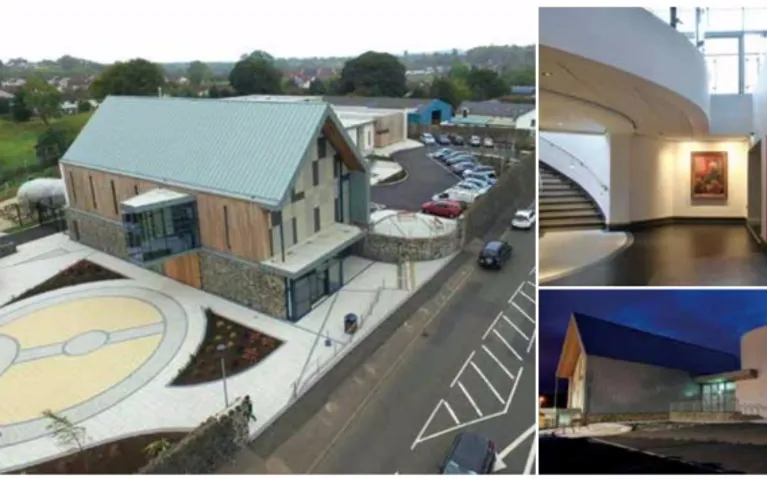Delivering new homes
North Norfolk District Wide Affordable Housing Strategy
-
Awarded2021
-
OutcomeWinner
-
CategoryEconomic prosperity



Proof of concept
National housing policy to address the restrictions
This award was received for the strategy and delivery of 61 affordable, sustainable homes, in 5 rural locations in North Norfolk, linked by a Section 106 agreement. This is a legal agreement between Local Authorities and developers linked to planning permissions.
The project was innovative in that it used changes to national housing policy to address the restrictions created by changes to government funding, to satisfy local housing need.
- It has enabled people, including families, on the Council’s housing list to find affordable accommodation in rural locations to which they have a local connection.
- The homes are energy efficient, making utility bills more affordable for residents and tackling fuel poverty.
- The houses are constructed traditionally, ensuring longevity in terms of life cycle and supporting the specialist skills of the local labour market.
- The project used consultants and contractors based in the local area, an approach that continues to generate employment opportunities.
Key facts







Shifting perceptions of the area
How/why did the project benefit the public?
North Norfolk has one of the most critical needs for affordable housing outside London. Changes to government funding for affordable housing meant that it was difficult to build new homes, particularly in rural villages. These new homes met housing need and exceeded the required affordable housing requirement by approximately 13%.
The Section 106 Agreement has delivered a range of benefits for the community such as traffic calming measures, which would not have been possible without the development. Apprentice schemes were created involving the local community and the development provided a community woodland, which as well as enhancing biodiversity in the area provides a ‘green corridor' from the centre of the city.
What were the local planners looking to achieve?
- To deliver high quality affordable housing.
- To ensure the creation of sustainable, inclusive, communities for existing and future residents.
- To support the specialist skills of the local labour market, using local craftsmen where possible.
- To protect and enhance the biodiversity value of the sites.

Justifying the need
How were local planners essential to the project’s success?
The scheme involved the construction of 14 Passive haus (an international design standard) dwellings and creation of a community woodland on publicly owned land.
The project required planners to work closely with the council and sensitively manage both the commercial desires of the development company and the relationship with the Local Planning Authority, whose role is to promote high quality development.
Planners were key to gaining support from key stakeholders at an early stage of the project. It was a result of skilfully presenting a clear vision of how the project could be delivered which helped to create a collaborative approach for the project leading to its successful delivery.
Related case studies










